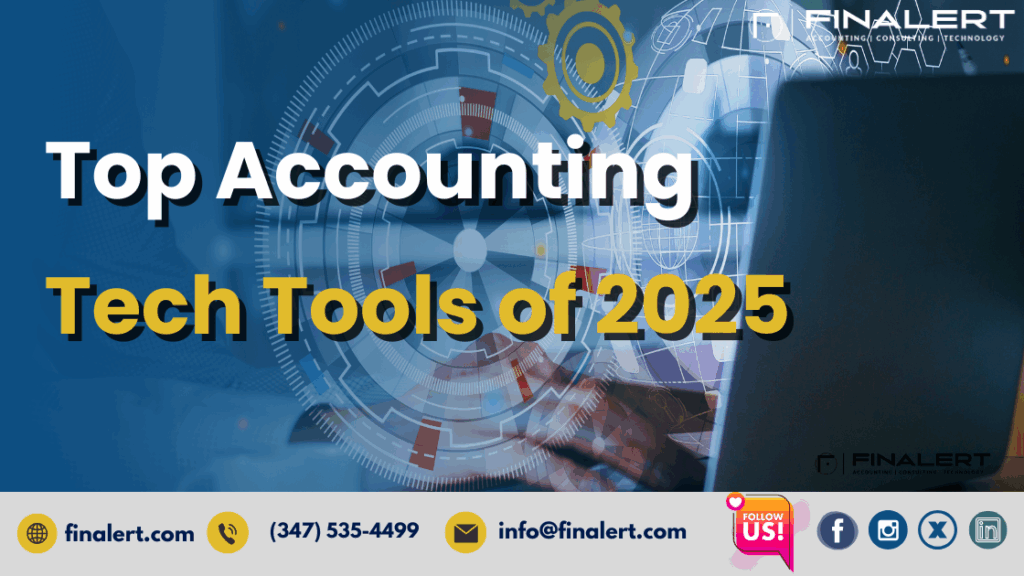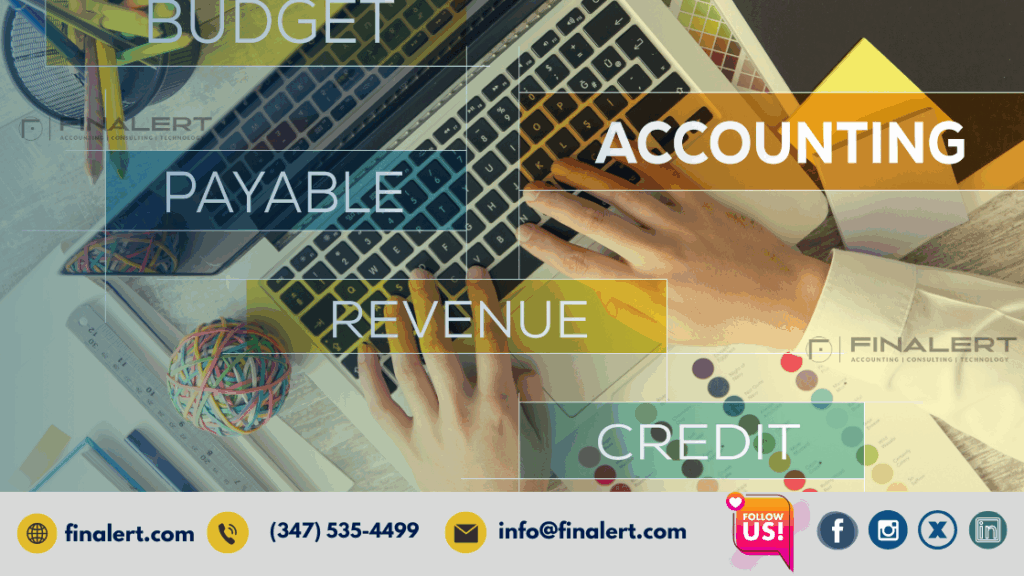
Accounting technology in 2025 is transforming from a back-office necessity into a strategic driver of growth and decision-making. With automation, AI, and cloud solutions becoming standard, today’s accounting tech tools help CFOs, founders, and finance teams do far more than just close the books; they deliver real-time insights, improve compliance, and reduce costs.
The market is evolving rapidly. According to Gartner, over 70% of finance departments in mid-to-large U.S. businesses will have implemented AI-based accounting software by the end of 2025. The focus is shifting toward integration, predictive analytics, and collaborative platforms that tie together accounting, tax, payroll, and forecasting into a single ecosystem.
This guide explores the top accounting tech tools of 2025 across categories: AI-powered bookkeeping, enterprise ERP, cloud accounting, expense management, payroll, and tax compliance, highlighting how each can streamline operations and enhance financial clarity.
QuickBooks has been a small business staple for years, but in 2025, its AI-driven insights set it apart. The platform now automatically categorizes transactions, detects anomalies, and forecasts cash flow with up to 95% accuracy.
Key Features:
Best For: Small to mid-sized businesses seeking automation without enterprise complexity.
Botkeeper combines machine learning with human oversight, offering a scalable bookkeeping solution for businesses that want accuracy without expanding headcount.
Key Features:
Best For: CPA firms and businesses looking for a hybrid human-AI accounting partner.
NetSuite remains the gold standard for growing businesses in 2025, offering an all-in-one accounting, inventory, and CRM solution. Its strength lies in real-time global consolidation—perfect for companies with multi-entity structures.
Key Features:
Best For: Mid-to-large businesses seeking a scalable, cloud-based ERP platform.
Microsoft’s 2025 update to Dynamics 365 brings enhanced AI forecasting and tight Microsoft 365 integration, making it ideal for teams already in the Microsoft ecosystem.
Key Features:
Best For: Businesses that want ERP power with familiar Microsoft tools.
Known for its user-friendly interface, Xero has expanded in 2025 to include built-in expense capture, project tracking, and AI-assisted bank reconciliation.
Key Features:
Best For: Small businesses, freelancers, and startups.
FreshBooks now offers a robust double-entry accounting system with automation for recurring invoices, expense categorization, and late fee application.
Key Features:
Best For: Service-oriented businesses that value simplicity.
Expensify in 2025 is not just a receipt scanner—it’s a full expense automation ecosystem.
Key Features:
Best For: Businesses with traveling employees or complex expense policies.
Ramp has exploded in popularity thanks to its spend control and savings-first approach. The platform automatically identifies cost-saving opportunities based on spending patterns.
Key Features:
Best For: Startups and high-growth companies focused on optimizing spend.
In 2025, Gusto has evolved into a full HR-finance hybrid platform, offering payroll, benefits, and onboarding in one system.
Key Features:
Best For: Small to mid-sized businesses needing payroll + HR in one.
ADP remains the go-to for large organizations needing multi-state and global payroll compliance.
Key Features:
Best For: Enterprises with complex payroll structures.
With sales tax complexity increasing, Avalara AvaTax automates compliance for U.S. and international businesses.
Key Features:
Best For: Businesses selling in multiple states or countries.
Designed for accounting firms and in-house tax teams, ProConnect offers cloud-based, collaborative tax preparation.
Key Features:
Best For: Tax professionals and businesses with complex returns.

Fathom is an analytics tool that integrates with Xero, QuickBooks, and MYOB, providing visual, board-ready reports.
Key Features:
Best For: CFOs and founders who want actionable insights from accounting data.
Spotlight is a financial storytelling tool—turning accounting data into digestible, presentation-ready reports.
Key Features:
Best For: Advisors and CFOs presenting to investors or boards.
When selecting accounting technology, CFOs and founders should evaluate:
The top accounting tech tools of 2025 are not just about keeping the books; they’re about transforming financial data into a competitive advantage. From AI-driven bookkeeping assistants like Botkeeper to enterprise solutions like NetSuite, today’s platforms enable finance leaders to transition from reactive reporting to proactive strategy.
Businesses that adopt the right mix of tools now will have better visibility, tighter controls, and stronger decision-making power—a critical advantage in a rapidly shifting economic landscape.
Similar Articles
No results available
Get in touch with Finalert today for tailored business solutions!
No results available
Ready to thrive? Connect with Finalert today and let’s succeed together in the dynamic global market.
© 2025 Finalert. All rights reserved.
Ready to thrive in the dynamic global market? Finalert LLC offers expert financial services, including accounting, consulting, and technology solutions, tailored to your business needs.
Address
Accounting
Quick Links
Consulting
Industries
© 2025 Finalert LLC. All rights reserved.